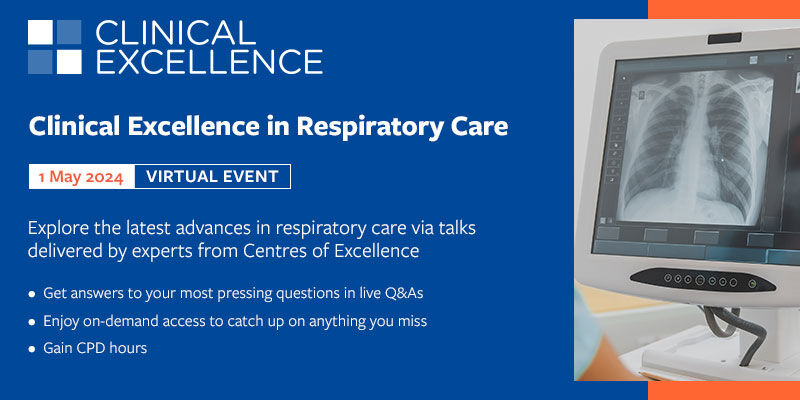Being able to stand on one leg for only 10 seconds has been found to be significantly associated with a reduced risk of all-cause mortality
Individuals who are able to stand on one leg for at least 10 seconds have been found to be at a lower risk of all-cause mortality compared with those who are unable to maintain such a unipedal stance. This was the conclusion of a study by an international team of researchers.
Ageing is associated with a decline in physical fitness yet exercise capacity has been shown, at least in men, to be a more powerful predictor of mortality than other established risk factors for cardiovascular disease. Although most aspects of fitness such as strength and flexibility decline with age, balance tends to be maintained much longer and health-related fitness can be assessed by asking individuals to stand on one leg with their eyes open. Moreover, this ability to perform a unipedal stance test has been found to decline with age although studies have not examined whether the ability to stand on one leg for any length of time, such as 10 seconds, is associated with a mortality benefit.
For the present study, the research team set out to examine whether an individual’s ability to stand on one leg for 10 seconds was independently associated with all-cause mortality in a group of middle-aged and older adults. They also explored whether the ability to perform the 10 second unipedal stance added further prognostic value beyond that based on anthropometric and clinical data in mortality risk models. Anthropometric data such as skin fold thickness and waist girth were measured and clinical data were derived from patient’s medical history. For the unipedal stance, individuals were asked to stand on one leg for at least 10 seconds and then categorised as ‘yes’ where the test could be performed or ‘no’ where individuals were unable to perform the test. Using Cox modelling, the researchers assessed survival curves and the risk of death according to whether an individual could successfully perform the unipedal standing test.
Ability to stand on one leg and overall mortality
A total of 1702 individuals with a mean age of 61.7 years (68% women) were included in the study and followed for a median of 7 years.
A total of 20.4% of individuals failed the unipedal stance test, 4.7% of those aged 51 – 55 years with the proportion rising to 36.8% of those aged 66 – 70 years.
During the follow-up period, 123 participants (7.2%) died, due to cancer (32%), cardiovascular causes (30%) and respiratory disease (9%).

Using a model adjusted for age and other co-morbidities, the risk of death, was significantly higher among those who were unable to perform a stand on one leg for 10 seconds (hazard ratio, HR = 1.84, 95% CI 1.23 – 2.78, p < 0.001).
Using an all-cause mortality model that made use of established risk factors, the C-index was 0.799. However, after addition of the ability to perform the 10 second standing on one leg, the C-index increased to 0.80 (p for comparison = 0.002). In other words, adding the ability to successfully perform the test improved the mortality prediction risk of the model.
The authors concluded that the ability to stand on one leg for at least 10 seconds is independently associated with a reduced risk of all-cause mortality.
Citation
Araujo CG et al. Successful 10-second one-legged stance performance predicts survival in middle-aged and older individuals BJSM 2022
